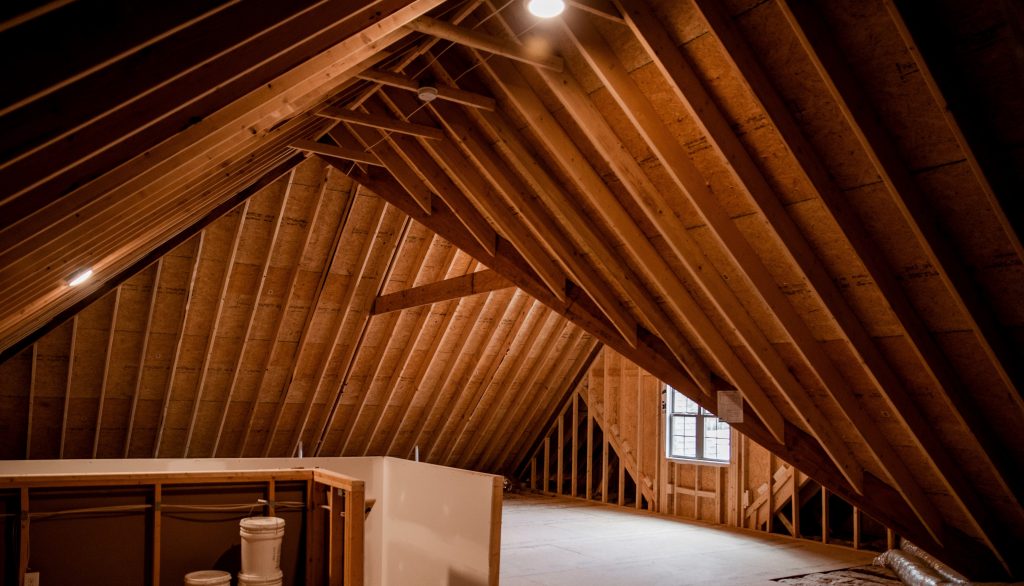Building a new home is an exciting process, but the many decisions that come with it can feel overwhelming. When you’re comparing options, it may not always be easy to determine which option is the best for your family. That’s where we come in. We help you get through the process with as little stress as possible.
There are several options for home insulation. In this article, we’re going to break down the types we recommend for our North Carolina homeowners and why it matters.
Why Insulation is Important
Building insulation is material added to exterior walls, attics, basements, and crawl spaces to create a thermal barrier for the house. It’s important because it provides protection from outside conditions. It blocks outside heat when it’s warm, and traps inside warmth when it’s cold. This makes your home more comfortable and it’s cost-efficient because it conserves energy.
R-Value
The effectiveness of insulation is measured with an R-value. R-values indicate how well a specific type of insulation protects from heat transfer. Things like an insulation material’s density and thickness will affect its R-value. A higher R-value will provide more protection than a lower one.
Types of Insulation
We recommend one of these four types of insulation for our new homeowners. They are listed below from highest rating to lowest rating.
Spray Foam Insulation
Spray foam insulation is the most protective of the insulation types recommended for Horizons East Homes. It is more costly than other options, but delivers these key benefits in return:
- Highest R-value per inch on the market (R-6).
- 40% more airtight than other insulations and provides an excellent moisture barrier.
- Designated flood-resistant material by FEMA
Blown-in Insulation
This cellulose (wood or paper-based) product is often made from up to 85% recycled materials and can be considered eco-friendly. It’s less expensive than spray foam and provides these benefits:
- Also called loose fill, it conforms to spaces and provides good airflow sealing
- Treated with Borates, a Class-1 fire retardant
- Typically rated around 3.5, comparable to fiberglass
- Quick and easy to install, but if it becomes wet, it’s slow to dry.
Spider Insulation
Spider insulation is a fiberglass system that is sprayed into spaces in a damp form, using a mold-resistant glue. More economical than the two previous types, it provides these benefits:
- Fills spaces and gaps well
- No dry times or settling times
- Resists mold growth
Batting Insulation
One of the most common and inexpensive options for insulating a home, this is a good option if you’re looking to keep costs within budget and have a durable solution in place.
- Fiberglass insulation batts are cut to size and installed between studs or joists
- Durable, moisture and fire resistant
- Lower R-value
If you’re looking to build in North Carolina, our team is happy to help. For more homeowner tips, visit our blog.

